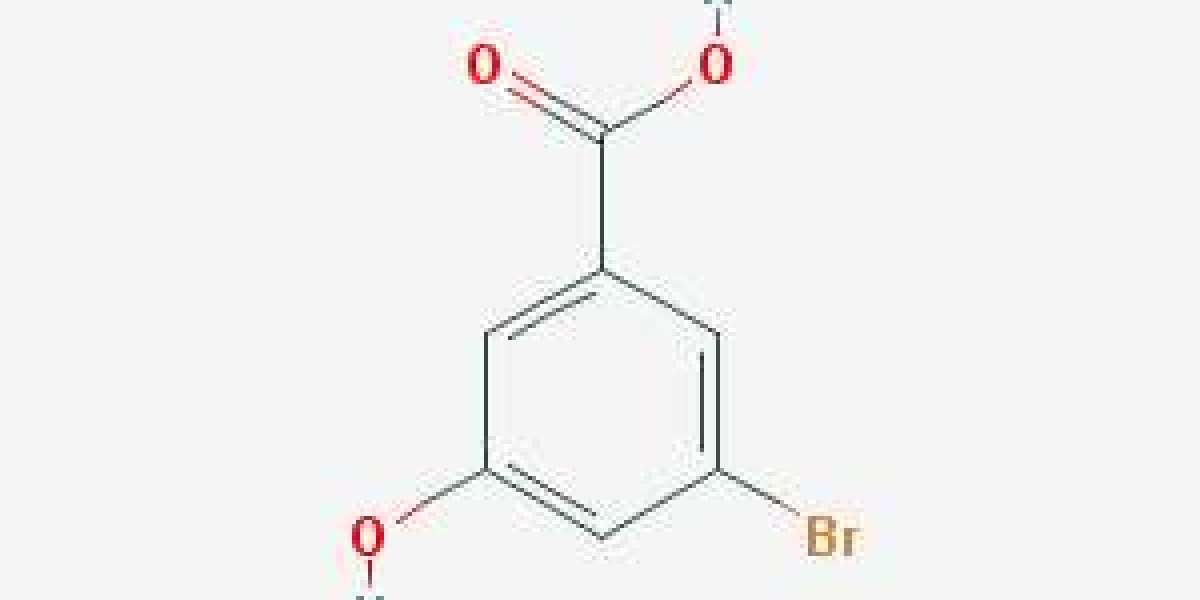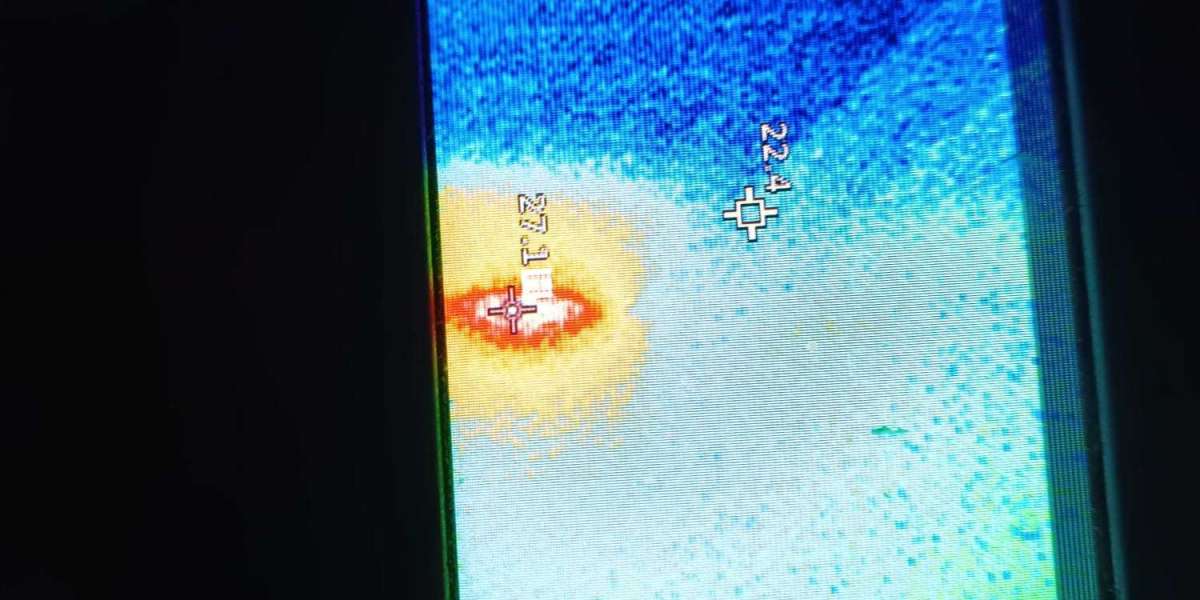Is it easy to sell cosmetic raw materials?
The cosmetic raw materials sales industry faces both opportunities and challenges, including market growth potential, as well as multiple challenges such as technological barriers, international competition, and customer relationships.
Market Status and Development Potential
The market size continues to expand: The market size of China's cosmetic raw materials has reached 12.238 billion yuan (2022) and maintained a rapid growth rate. It is expected that the global market for active peptide raw materials in cosmetics will reach 2.32 billion yuan by 2025, with an average annual compound growth rate of over 18%.
Consumer upgrading drives demand: Consumers' attention to the functional ingredients of cosmetics has led to a surge in demand for high-end raw materials such as active peptides and plant extracts. The market size of peptide containing cosmetics has doubled to 12.21 billion yuan in four years (2023).
New online marketing model: By using digital means such as live streaming through video accounts and WeChat ecosystem closure, customer acquisition costs can be reduced, and the effective conversion rate can reach 0.67% (Silicon Carbon Mouse case).
Main industry challenges
Outstanding technological barriers: 70% of high-end raw materials rely on imports, and domestic enterprises lack innovation in active ingredient research and development, biosynthetic technology, and other areas.
International competition is fierce: multinational corporations such as BASF and Deloitte dominate, while domestic small-scale chemical plants are mostly concentrated in the mid to low end market.
Difficulty in maintaining customer relationships: There is a widespread phenomenon of "relationship marketing" in the industry, and new entrants need to accumulate channel resources over the long term.
Analysis of Success Factors
Differentiated product strategy: Focus on high growth areas such as anti-aging and whitening (such as active peptide raw materials), and enhance added value through technological innovations such as enzymatic hydrolysis and gene recombination.
Supply chain optimization: Control procurement and transportation costs, and use the "prior procurement" sample trial mode to reduce decision-making thresholds.
Deep cultivation of regional markets: 42.2% of sales positions are concentrated in Guangzhou, Shanghai and other regions, and priority can be given to layout industrial cluster areas.








